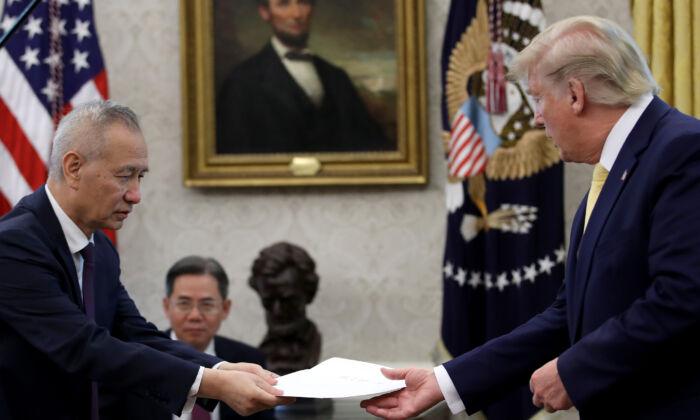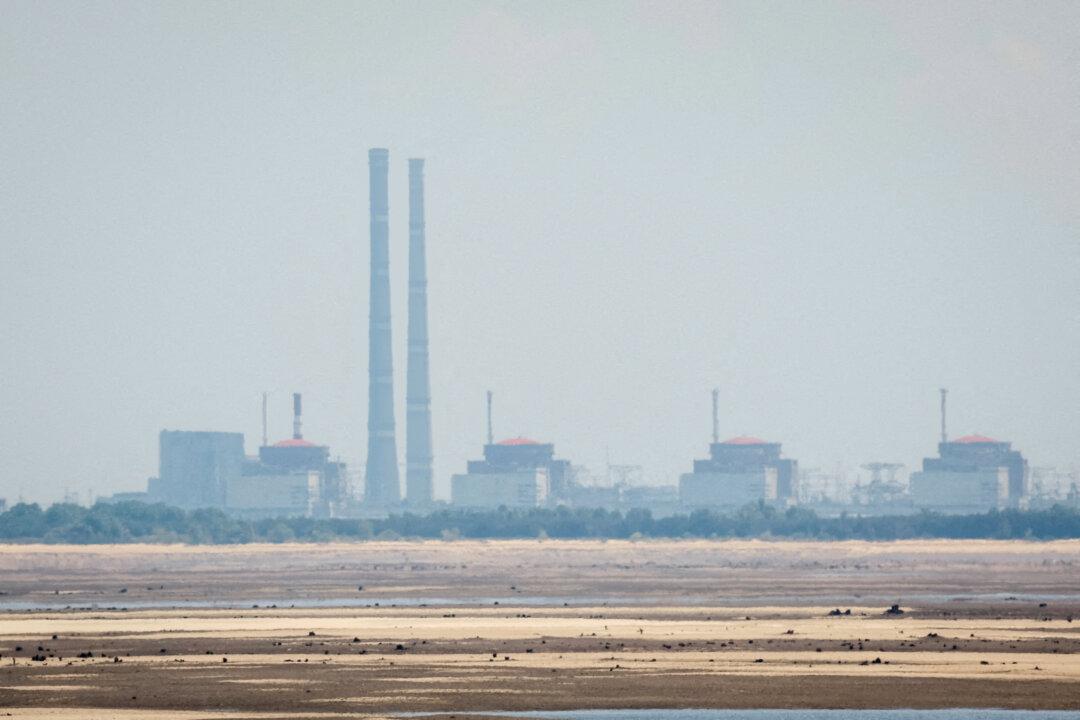Beijing’s state-run media Xinhua said the world’s two largest economies had reached “consensus on principles” during a serious and constructive telephone call on Friday between their main trade negotiators.
U.S. and Chinese negotiators had made “enormous progress” toward finalizing a “phase one” agreement, although the deal was not yet 100 percent complete, White House economic adviser Larry Kudlow told reporters on Friday.
It said discussions would continue at the deputy level.
Kudlow and Commerce Secretary Wilbur Ross spoke in upbeat terms about movement toward finalizing the agreement in separate interviews on Friday.
“I’m quite optimistic,” Kudlow told Fox Business Network as the trade talks were underway.
“The deal is not completed, but we made enormous progress. We’re beyond where we were last spring, so I’m going to play that from the optimistic side,” he later told reporters.
For now, Kudlow said planned U.S. tariffs on Chinese-made laptops, toys, and other goods that are due to go into effect on Dec. 15 would remain on the table. He said the decision on whether they would go ahead would be made by President Donald Trump.
Washington still hoped to sign the deal this month, said Kudlow, despite Chile’s withdrawal as host of the Asia Pacific Economic Cooperation summit, where Trump and Chinese leader Xi Jinping had been expected to ink the agreement.
“We’re looking for a venue,” he said. “We'd love the timing to be similar, but it will all be determined.”
Agreements on agriculture, financial services, and currency were nearly completed, and there had been “excellent progress” on intellectual property theft issues, Kudlow said, although some additional work remained on that topic.
Kudlow told reporters the agreement covered Chinese purchases of U.S. farm products, and other steps to open up its market to agricultural goods.
The Ministry of Justice published the draft rule, designed to facilitate a foreign investment law that would take effect on Jan. 1 next year, on its website.






Friends Read Free